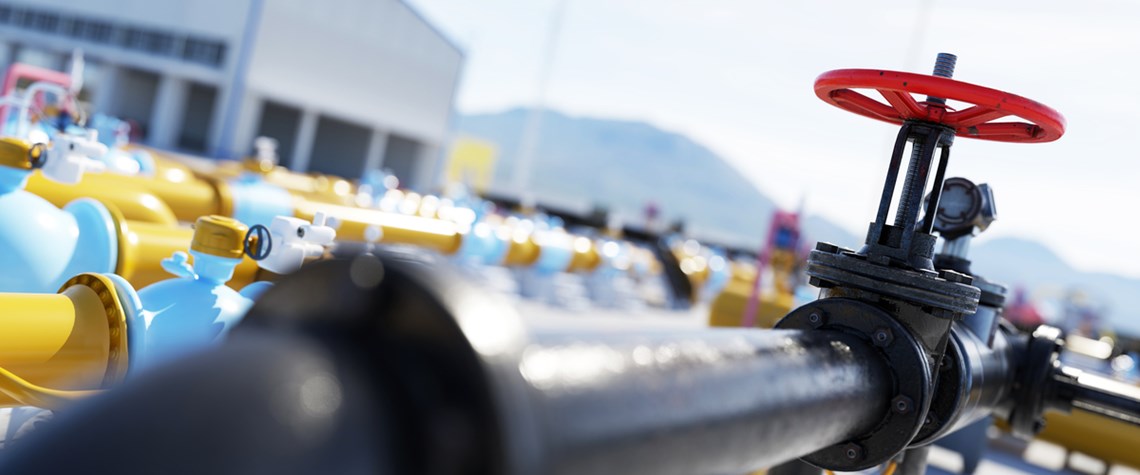Letter from the Middle East: Gas faces headwinds
The received wisdom that gas would be the region’s main growth fuel for generation is being challenged
The Middle East’s hydrocarbon-rich countries would build out gas-fired power plants to free up more oil for export. Those less endowed with energy reserves would construct LNG import terminals to facilitate their own ‘dash for gas’. That was the rosy picture for the region’s gas demand growth. But that picture has clouded as Gulf states embrace other generation options. At the start of August, the Barakah nuclear plant in the western UAE began to split atoms—the culmination of a decade-long journey towards the Arab world’s first nuclear power generation. Aside from nuclear, solar, wind, coal and even hydrogen pose new challenges to gas in a region where hydrocarbons have traditionally reigne

Also in this section
12 December 2025
The latest edition of our annual Outlook publication, titled 'The shape of energy to come: Creating unique pathways and managing shifting alliances', is available now
12 December 2025
The federal government is working with Alberta to improve the country’s access to Asian markets and reduce dependence on the US, but there are challenges to their plans
11 December 2025
The removal of the ban on oil and gas exploration and an overhaul of the system sends all the right messages for energy security, affordability and sustainability
10 December 2025
The economic and environmental cost of the seven-year exploration ban will be felt long after its removal







